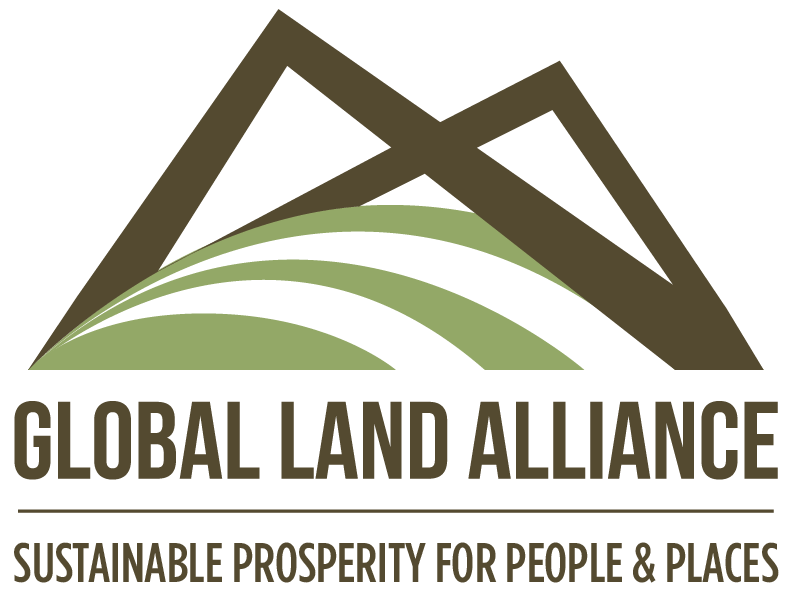Improving Accessibility and Security in Peruvian Property Registries
(BY VICTOR ENDO)
Land Alliance participated in the Peruvian National Superintendency of Public Registries (SUNARP in Spanish) 14th National Congress of Registration Law; “Towards a Trustworthy, Accessible and Secure Registration System: Technological and Legislative Innovations” held on October 10th, 2016 in Arequipa, Peru.
The Congress gathered renowned jurists and technical experts who shared their experiences in property registration matters and issues related to role of the registries in economic development and the need to implement new technologies to facilitate efficiency and transparency in property transactions and assure legal security to registry users.
More than 150 registrars from throughout Peru participated in the event along with notaries, lawyers and academics. Victor Endo, Peruvian land administration expert and Consulting Associate with Land Alliance was invited by SUNARP to discuss the topic “The Modernization of Cadasters”. The core idea Land Alliance supports for modernizing cadasters in Peru is to start by recognizing that the 1,800 district municipalities and 25 regional governments in charge of urban and rural cadasters respectively, have very different needs and capacities. Therefore, the “one size fits all” current approach is unlikely to succeed. The proposition – which is receiving attention from Peruvian authorities – of an incremental approach to allow progress from a “minimum cadaster” to an intermediate and advanced standard, would facilitate the municipalities and regions to finance less expensive initiatives with short term returns within a long term plan, while making more realistic to reach an integrated national system supported by national authorities. Other speakers debated the technological innovations recently implemented in Peru to link notary offices with the national identification office in order to facilitate the validation of identities, the efforts to improve database management in the registration offices, use of digital signatures and biometric identification, among others.

